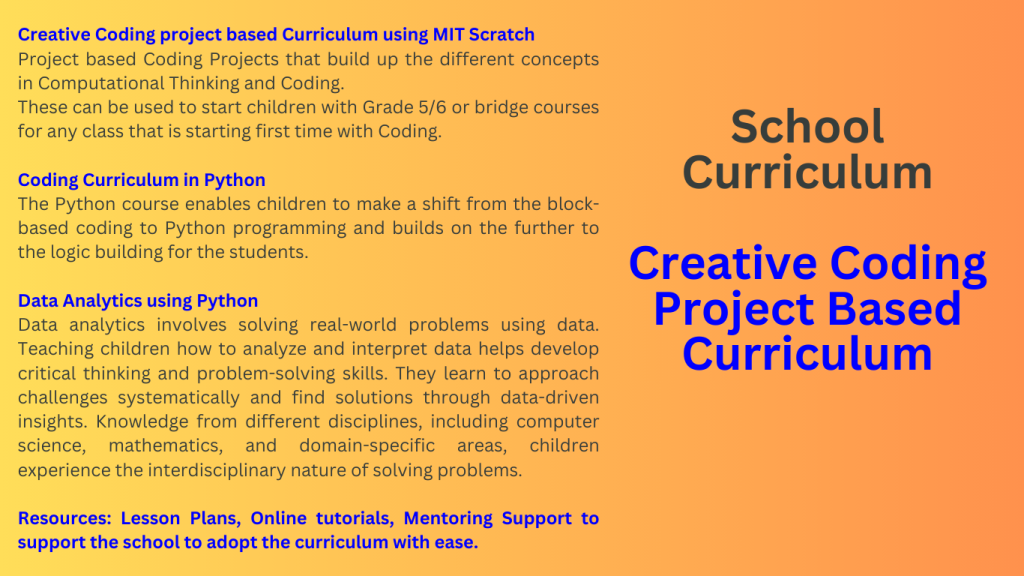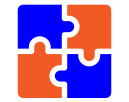
Projects based Learning using Scratch
Remember to adapt the pace and content based on the proficiency and interests of your students. Encourage creativity and critical thinking throughout the curriculum.
An ideal starting point for Grades 4/5/6, this curriculum is designed for those encountering programming for the first time.
Employing a project-based approach, it introduces coding concepts alongside interactive exercises within the Scratch platform.
The curriculum emphasizes hands-on learning, breaking down concepts through engaging projects while encouraging experimentation and creativity.
This method not only reinforces understanding but also establishes a foundation for later grades, making it a suitable bridge course for students entering the world of programming.
Progression for Grades 5/6/7. Students advance their programming skills by exploring variables and clones. They learn the basics of variables, as they apply in their projects in counting, scorekeeping, and controlling program flow.
The students delve into the intriguing world of clones, understanding their purpose and advanced features. They will understand the lifecycle of clones and how they can be programmed.
Projects based Learning using Python
Remember to adapt the pace and content based on the proficiency and interests of your students. Encourage creativity and critical thinking throughout the curriculum.
Introducing Python in Grades 7, 8, or 9 is a strategic choice, especially if students have prior experience with Scratch coding. Scratch provides a visual and block-based introduction to programming concepts, making the transition to text-based languages like Python smoother for students who have spent 2-3 years with Scratch. The foundational programming concepts such as variables, loops, and conditional statements, create a strong basis for understanding Python’s syntax and logic.
Python’s readability and simplicity also make it well-suited for children, enabling students to focus on problem-solving and algorithmic thinking. This progression allows for a gradual and structured approach to coding education, ensuring that students are well-prepared to tackle the challenges of a text-based language like Python.
